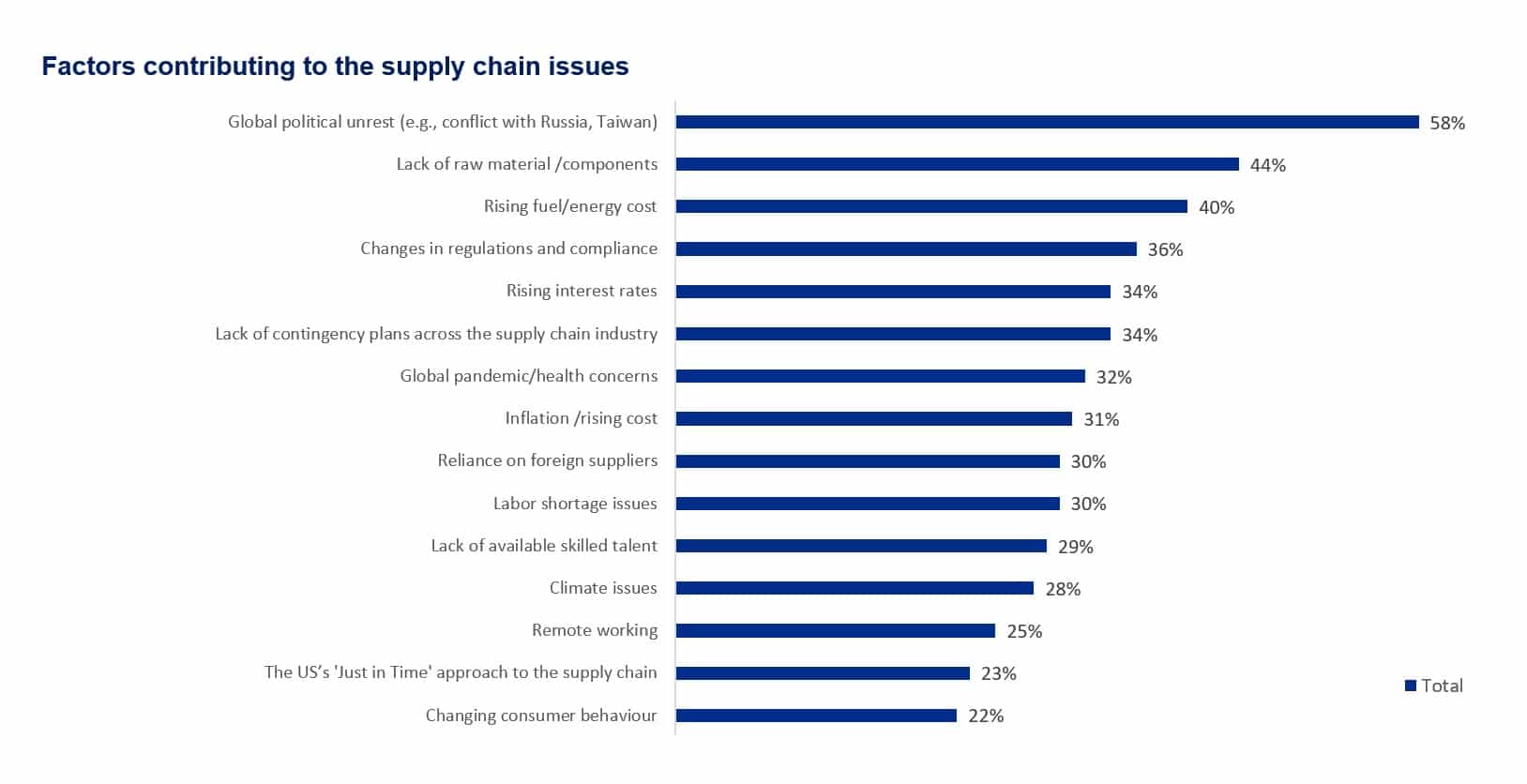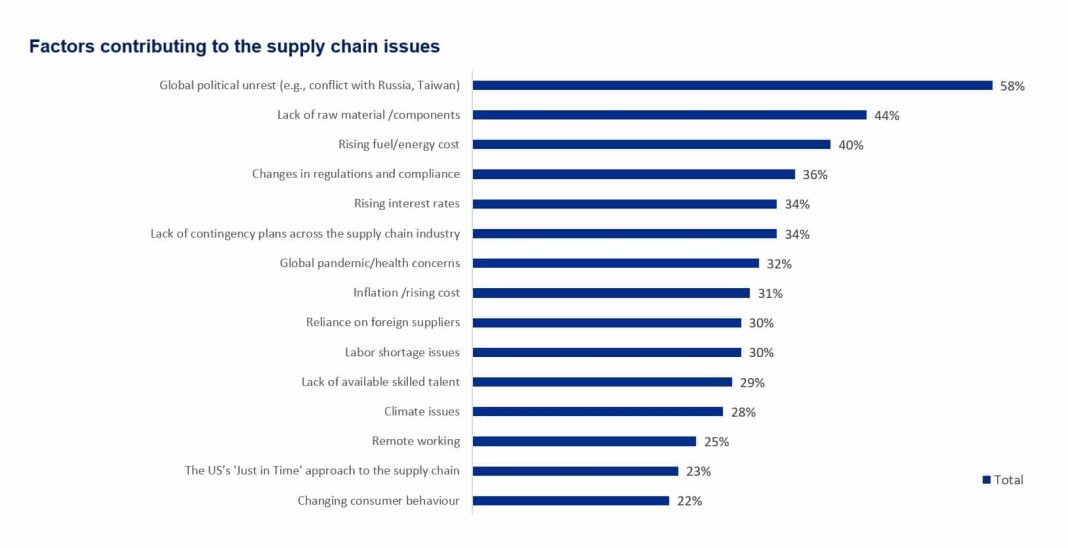 The cocoa industry is facing a crisis as prices have skyrocketed over the past year, causing headaches for candy makers and food companies that rely on cocoa to make chocolate. The price of cocoa has more than tripled, reaching an all-time high of over $11,000 per metric ton in April. While the price surge has eased slightly, food companies are still paying well above what they are used to.
The cocoa industry is facing a crisis as prices have skyrocketed over the past year, causing headaches for candy makers and food companies that rely on cocoa to make chocolate. The price of cocoa has more than tripled, reaching an all-time high of over $11,000 per metric ton in April. While the price surge has eased slightly, food companies are still paying well above what they are used to.
The main reason for the increase in cocoa prices is a weaker-than-expected crop, which has raised concerns about supply. West Africa, the region that grows the majority of the world’s cocoa supply, has been hit by crop disease and lower prices paid to farmers, pushing them to switch to more lucrative crops such as rubber. This season’s cocoa crop is expected to experience the largest deficit in at least six decades.
Many of the largest candy companies, including Hershey, Mars, Ferrero, and Mondelez, are protected from higher cocoa costs for now due to long-term contracts that lock in prices. However, come 2025, they will likely end up paying much more for cocoa.
The climbing cost of cocoa comes at a difficult time for food companies, as many have already raised prices to cope with inflation in various commodities. Consumers have become more price-conscious and dissatisfied with grocery store prices, leaving candy companies with little room to raise prices further.
To address the higher cost of cocoa, companies will have to become more creative. J&J Snack Foods, for example, is considering cutting back on the number of chocolate chips in some products or finding substitutes for cocoa in its recipes. Hershey has introduced new products like the Jumbo Reese’s Cup, which contains extra peanut butter to lower reliance on chocolate.
In the long term, analysts predict that cocoa shortages will continue due to systemic issues such as government-controlled pricing and climate change. Candy companies may need to look for more permanent solutions, such as increasing the use of non-cocoa additives like sugar, cocoa butter equivalents, shea butter, palm oil, and coconut oil. Some companies are already exploring recipe reformulation, which could lead to new candy products hitting the market as early as August.
Another potential solution is diversification into other types of snacks. Companies like Mondelez and Hershey have already expanded their portfolios to include salty snacks like Triscuit, Sour Patch Kids, and Wheat Thins. This allows them to be less dependent on cocoa and better react to changing consumer trends.
While the cocoa crisis poses significant challenges for candy companies, it also presents opportunities for innovation and diversification. By finding creative solutions and exploring alternative ingredients, companies can navigate the rising cost of cocoa and ensure the availability of their beloved chocolate products in the future.


